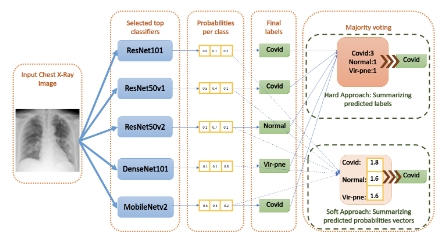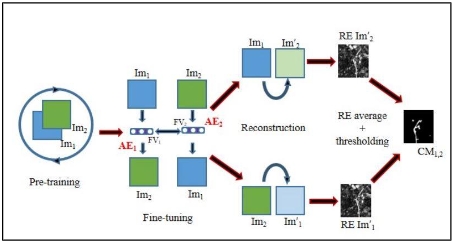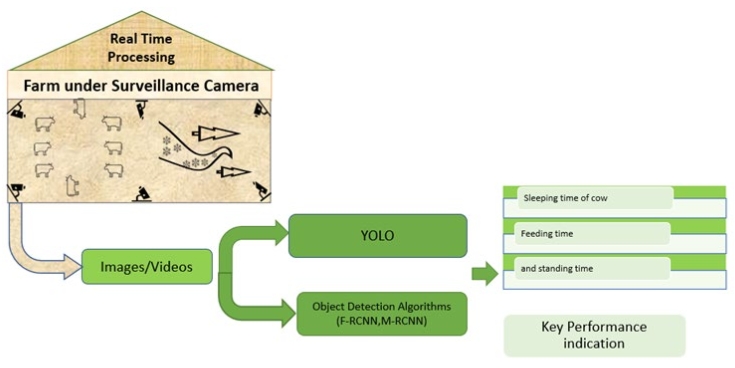Review of quantum algorithms for prediction of hazardous asteroids
Abstract
Quantum computing (QC) and quantum machine learning (QML), two emerging technologies, have the potential to completely change how we approach solving difficult problems in physics and astronomy, among other fields. Potentially Hazardous Asteroids (PHAs) can produce a variety of damaging phenomena that put biodiversity and human life at serious risk. Although PHAs have been identified through the use of machine learning (ML) techniques, the current approaches have reached a point of saturation, signaling the need for additional innovation. This paper provides an in-depth examination of various machine learning (ML) and QML techniques for precisely identifying potentially hazardous asteroids. The study attempts to provide information to improve the efficiency and accuracy of asteroid categorization by combining QML techniques like deep learning with a variety of machine learning (ML) algorithms, such as Random Forest and support vector machines. The study highlights weaknesses in existing approaches, including feature selection and model assessment, and suggests directions for further investigation. The results highlight the significance of developing QML techniques to increase the prediction of asteroid hazards, consequently supporting enhanced risk assessment and space exploration efforts. Paper reviews might not be related because the study only looks at generic paper reviews.
References
[1]Malakouti SM, Menhaj MB, Suratgar AA. Machine Learning Techniques for Classifying Dangerous Asteroids. MethodsX. 2023; 11: 102337. doi: 10.2139/ssrn.4452444
[2]Babu RM, Devi AG, Aakanksha J, Naga JK. Hazardous Asteroid Prediction Using Machine Learning, 2nd. International Conference on Vision Towards Emerging Trends in Communication and Networking Technologies. 2023. doi: 10.1109/ViTECoN58111.2023.10157937.
[3]Khajuria D, Sharma M, Sharma N, et al. Classification and Comparative Analysis of Earth's Nearest Objects using Machine Learning Models, 10th. International Conference on Computing for Sustainable Global Development; 2023.
[4]Wheeler L, Dotson J, Aftosmis M, et al. Risk assessment for asteroid impact threat scenarios. Acta Astronautica. 2024; 216: 468-487. doi: 10.1016/j.actaastro.2023.12.049
[5]Ranaweera RN, Fernando T. Prediction of Potentially Hazardous Asteroids using Deep Learning. 2022 2nd International Conference on Advanced Research in Computing (ICARC). Published online February 23, 2022. doi: 10.1109/icarc54489.2022.9753945
[6]Aftosmis MJ, Mathias DL, Tarano AM. Simulation-based height of burst map for asteroid airburst damage prediction. Acta Astronautica. 2019; 156: 278-283. doi: 10.1016/j.actaastro.2017.12.021
[7]Chaitanya Prasad LVR, Reddy TAS, Kashi B. Asteroid Detection using Machine Learning Algorithm. Communications of BAO. 2020; 67(2).
[8]Bhavsar R, Jadav NK, Bodkhe U, et al. Classification of Potentially Hazardous Asteroids Using Supervised Quantum Machine Learning. IEEE Access. 2023; 11: 75829-75848. doi: 10.1109/access.2023.3297498
[9]Bhat HA, Khanday FA, Kaushik BK, et al. Quantum Computing: Fundamentals, Implementations and Applications. IEEE Open Journal of Nanotechnology. 2022; 3: 61-77, 2022, doi: 10.1109/OJNANO.2022.3178545
[10]Carruba V, Aljbaae S, Lucchini A. Machine-learning identification of asteroid groups. Monthly Notices of the Royal Astronomical Society. 2019; 488(1): 1377-1386. doi: 10.1093/mnras/stz1795
[11]García DP, Cruz-Benito J, García-Peñalvo FJ. Systematic Literature Review: Quantum Machine Learning and its Applications. Available online: https://arxiv.org/abs/2201.04093 (accessed on 2 February 2024).
[12]Yun WJ, Baek H, Kim J. Projection Valued Measure-based Quantum Machine Learning for Multi-Class Classification. ADS Abstract Service. 2022; 2. doi:10.48550/arXiv.2210.16731
[13]Ablayev F, Ablayev M, Huang JZ, et al. On quantum methods for machine learning problems part I: Quantum tools. Big Data Mining and Analytics. 2020; 3(1): 41-55. doi: 10.26599/bdma.2019.9020016
[14]Ablayev F, Ablayev M, Huang JZ, et al. On quantum methods for machine learning problems part II: Quantum classification algorithms. Big Data Mining and Analytics. 2020; 3(1): 56-67. doi: 10.26599/bdma.2019.9020018
[15]IBM. Quantum Decade. Available online: https://www.ibm.com/thought-leadership/institute-business-value/en-us/report/quantum-decade (accessed on 15 February 2024).
Copyright (c) 2024 Priya Pareshbhai Bhagwakar, Chirag Suryakant Thaker, Hetal A. Joshiara

This work is licensed under a Creative Commons Attribution 4.0 International License.










